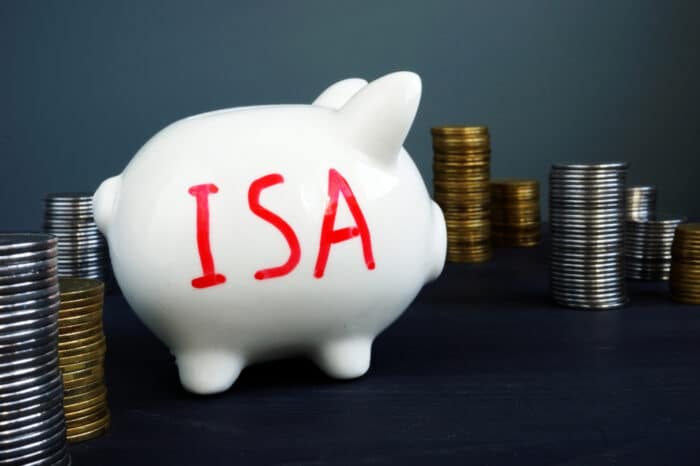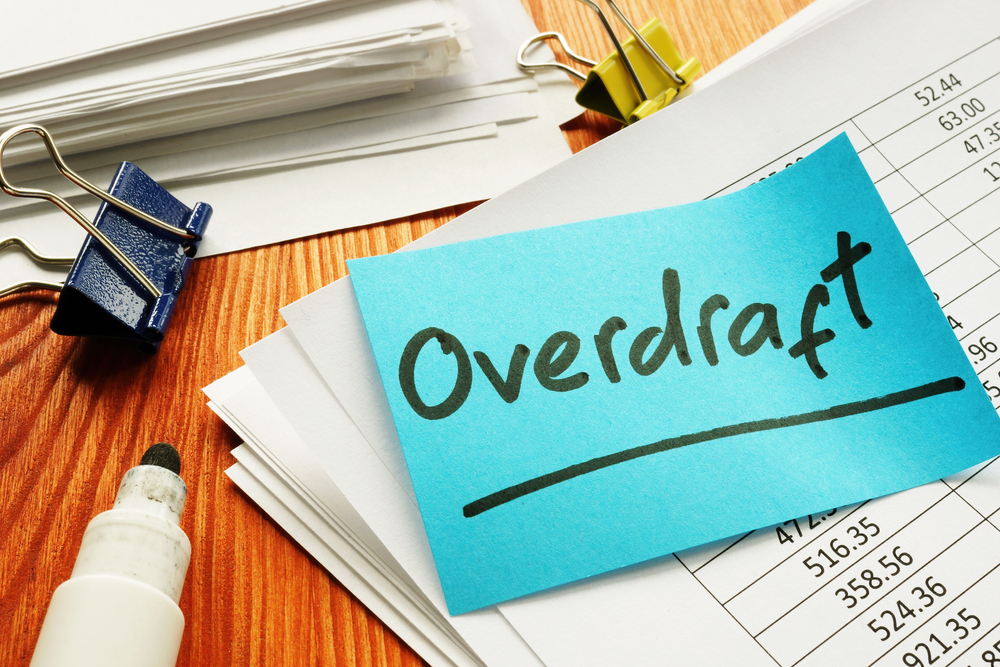
The eight million cash ISA holders accumulated £41.6bn in their accounts, which represents £10.7bn more than the year before – a growth of 34% on the previous year, according to HMRC’s annual savings statistics.
As a whole, there were 12-and-a-half million ISA subscriptions during 2022/23, the first time the numbers have shot up since the pandemic in 2020.
In terms of the number of accounts that savers subscribed to, almost two-thirds (63%) of ISAs are now cash ISAs, a rise of 2.4% since 2021/22.
Conversely, the number of savers with stocks and shares ISAs dropped by 126,000 to almost four million, as the total amount invested in those accounts decreased by £6.2bn in a year.
More women stored their funds in cash ISAs, at 947,000 more women than men, while almost half a million (500,000) more men subscribed to stocks and shares ISAs.

Wellness and wellbeing holidays: Travel insurance is essential for your peace of mind
Out of the pandemic lockdowns, there’s a greater emphasis on wellbeing and wellness, with
Sponsored by Post Office
As interest rates continued to shoot up as the Bank of England base rate rose 14 times, savers flocked to cash ISAs to avoid their funds being hit by the tax introduced with the Personal Savings Allowance (PSA).
With a PSA, basic-rate taxpayers can earn up to £1,000 in interest before they are taxed 20% and higher-rate taxpayers have just £500 free in interest before a 40% contribution needs to be paid.
‘Tail end of the Covid investing boom’
Laura Suter, director of personal finance at AJ Bell, said: “This drop in the amounts paid into investment ISAs partly reflects reaching the tail end of the Covid investing boom and a return to more normal market conditions.
“But it will also have been influenced by a period of high interest rates on cash in recent years, as well as a reduction in the amount of money people felt comfortable piling into investments during the cost-of-living crisis.”
On the gender ISA gap between men and women, Suter added: “The gender ISA gap reflects broader trends in the UK; a third of women recognise they’re not investing enough for their long-term goals compared to a quarter of men.
“And even when they open an ISA, their money isn’t benefitting from investment returns that are historically higher than cash ISA interest rates.”
Elsewhere, Junior ISAs (JISAs) had a slight increase from 1.2 million to 1.25 million in the period between 2021/22 and 2022/23.
Those accounts had £1.5bn paid into them, with the average amount marginally dropping to £1,220.
‘Baffling levels of Junior ISA subscriptions’
Myron Jobson, senior personal finance analyst at Interactive Investor, said he was “baffled” about the levels of subscriptions made in cash as opposed to in stocks and shares.
Jobson said: “It is baffling that over 42% of Junior ISA subscriptions were made in cash. Cash JISAs are frankly pointless other than as an option for teenagers approaching adulthood who might shortly need to use their pot and therefore want to remove the short-term risk of a sudden loss of value.
“Most JISAs are inherently very long term because they cannot be accessed until the child is 18; there is ample time for short-term bumps in stock markets to be ironed out.
“While stock markets can be incredibly volatile on a day-to-day basis, a glance at history shows that they have a knack for delivering consistent and convincing inflation-beating returns over long periods of time.”
Meanwhile, 56,900 Lifetime ISA holders withdrew from their accounts in order to purchase their first property between 2023 and 2024.
This represents an increase of 1,150 on the 2022/23 tax year, and AJ Bell’s Suter said despite account holders losing £75m in withdrawal charges last year, it continues to be a popular product.
Suter said: “The ability to get a 25% Government bonus towards your first home or retirement [is] very attractive for many savers.”




